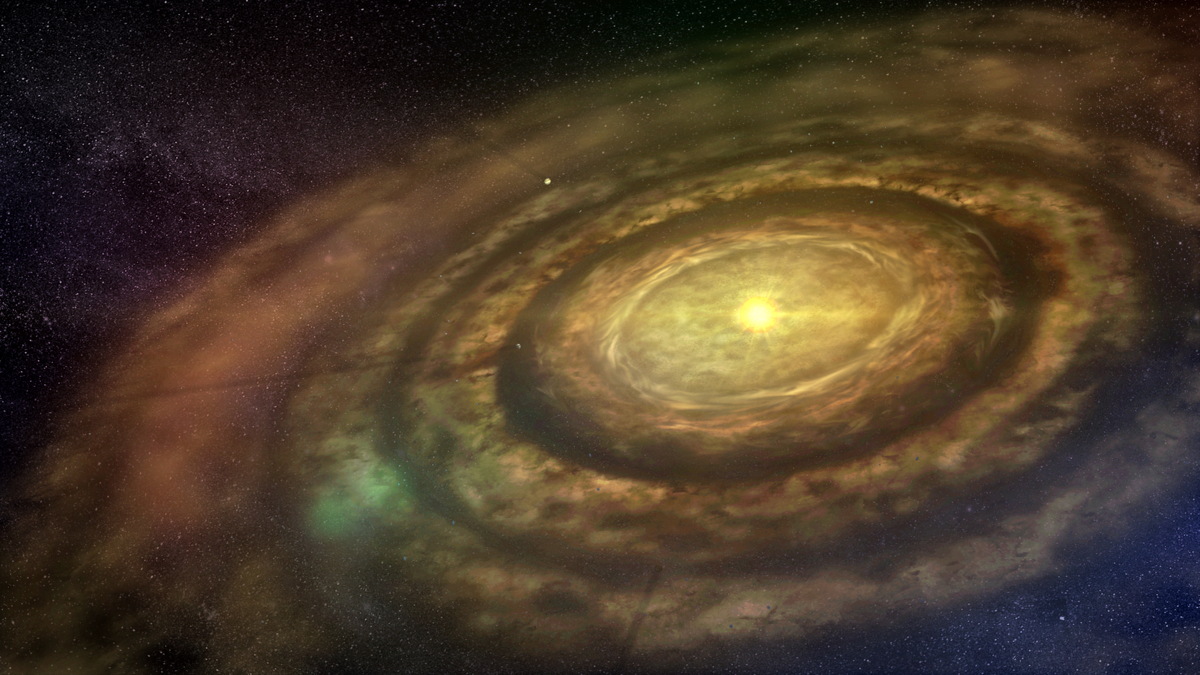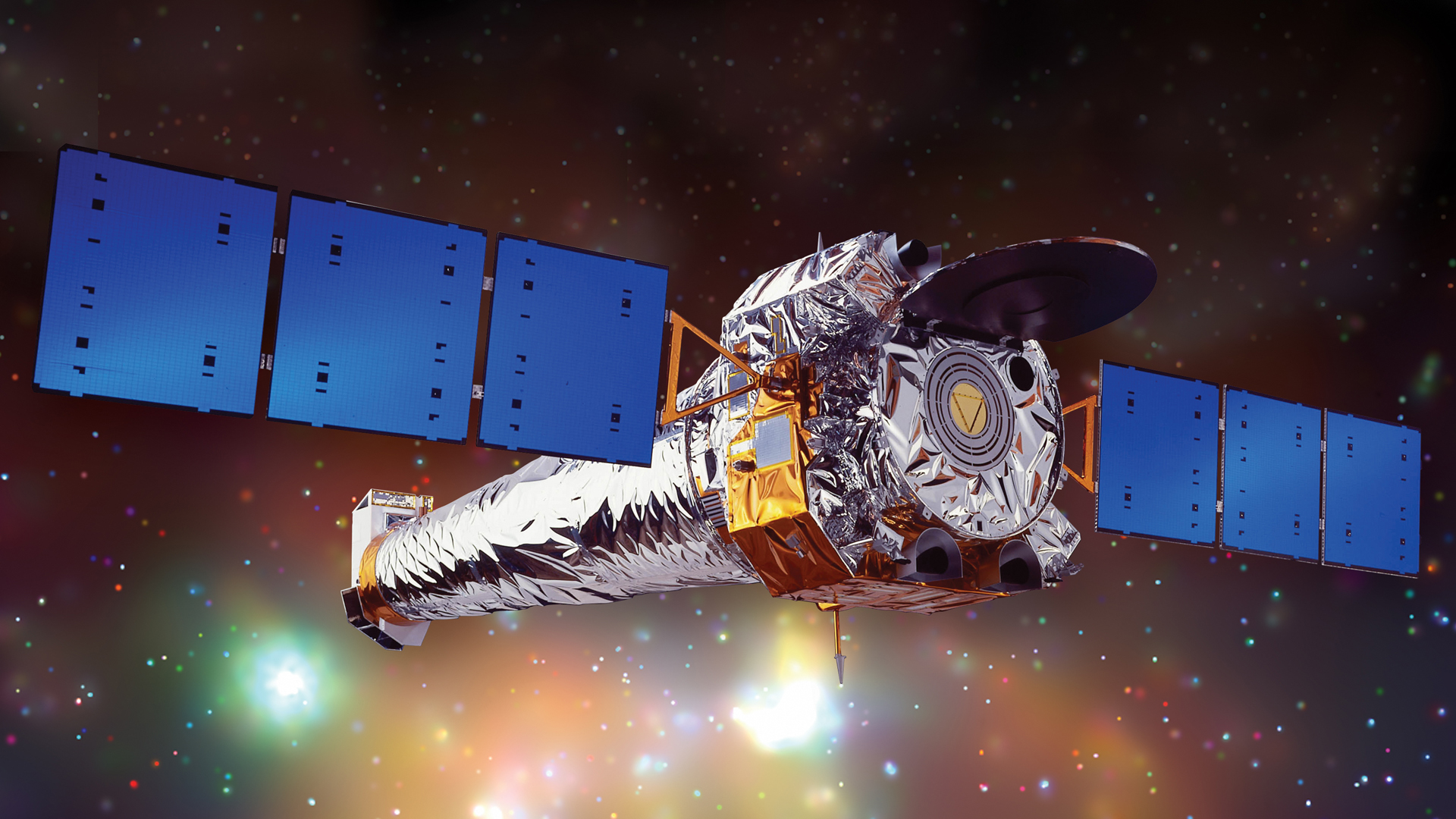Utilizing NASA’s space-based Chandra X-ray Observatory and the retired Spitzer House Telescope, astronomers have found “hazard zones” for planets which are forming round younger stars.
The workforce discovered these treacherous areas by performing long-term observations of an object generally known as Cygnus OB2. At 4,600 light-years away, that is the closest massive star cluster to Earth, dwelling to tons of of huge stars and 1000’s extra lower-mass stars. The astronomers took the resultant photographs and “stitched” them collectively to create a big mosaic.
By highlighting the glow of high-energy X-rays between stars, the workforce was capable of construct a listing of brilliant younger stars in Cygnus OB2. They took this stock and mixed it with optical and infrared information from Spitzer to create a complete stellar census of Cygnus OB2.
“On this new composite picture, the Chandra information (purple) exhibits the diffuse X-ray emission and younger stars in Cygnus OB2, and infrared information from NASA’s now-retired Spitzer House Telescope (pink, inexperienced, blue and cyan) reveals younger stars and the cooler mud and fuel all through the area,” NASA writes on the Chandra web site.
The hazard to forming planets in densely packed star clusters like Cygnus OB2 comes from high-energy ultraviolet and X-ray radiation blasted out in extra by huge toddler stars. This radiation impacts dense, swirling and flattened clouds of planet-forming mud and fuel across the younger stellar our bodies referred to as “protoplanetary disks.”
Large younger stars blast potential planets out of existance
Round 4.6 billion years in the past, the solar itself was surrounded by a protoplanetary disk from which the planets, together with Earth, took form. Because the absence of this disk within the fashionable photo voltaic system suggests, protoplanetary disks do not stick round for too lengthy after birthing planets.
Intense high-energy radiation from a star could cause the disk’s materials to evaporate, a course of astronomers name “photoevaporation.” After this, the photoevaporated matter is pushed away from the star by radiation strain, creating so-called “disk winds” blowing from the star’s neighborhood.
For an average-mass star just like the solar, photoevaporation and disk winds take between 5 million and 10 million years to utterly disintegrate a protoplanetary disk. Nonetheless, the surplus of ultraviolet and X-ray radiation pumped out by extra huge younger stars can speed up this protoplanetary disk depletion course of.

Knowledge from Chandra and Spitzer helped the workforce discover proof of the speedy dissipation of planet-birthing protoplanetary disks which were blasted with high-energy gentle from huge younger stars.
The researchers additionally found that this disk dissipation is especially speedy in areas that characteristic many intently packed stars.

Round 40% of younger stars have protoplanetary disks in areas of Cygnus OB2 with much less huge stars and, thus, much less high-energy radiation. This proportion of disk-encircled stars dropped to 18% in areas of the star cluster with extra X-ray and ultraviolet gentle and extra crowded star fields.
The workforce additionally found that the strongest disk disintegration impact in Cygnus OB2 was discovered inside a area round 1.6 light-years away from the cluster’s most huge stars. In probably the most densely packed areas of Cygnus OB2, the researchers discovered protoplanetary disk possession dropped as little as 1%. That will, subsequently, be the worst place for planets to aim to type.
These areas are the aforementioned “hazard zones” discovered by the workforce.
Complimenting these findings, a separate analysis workforce used Chandra information to probe the traits of X-ray emissions from Cygnus OB2. That workforce discovered that higher-energy emissions originated from areas of the star cluster the place disk winds blowing from round huge stars have slammed into one another. Such collisions warmth the fuel within the winds, inflicting the emission of X-rays.
The researchers additionally discovered that much less energetic emissions originating from these disk winds collided with cooler fuel surrounding the cluster.
The “hazard zone” analysis was revealed in The Astrophysical Journal on Monday (Oct. 28), and the complementary analysis was additionally revealed in the identical journal.





